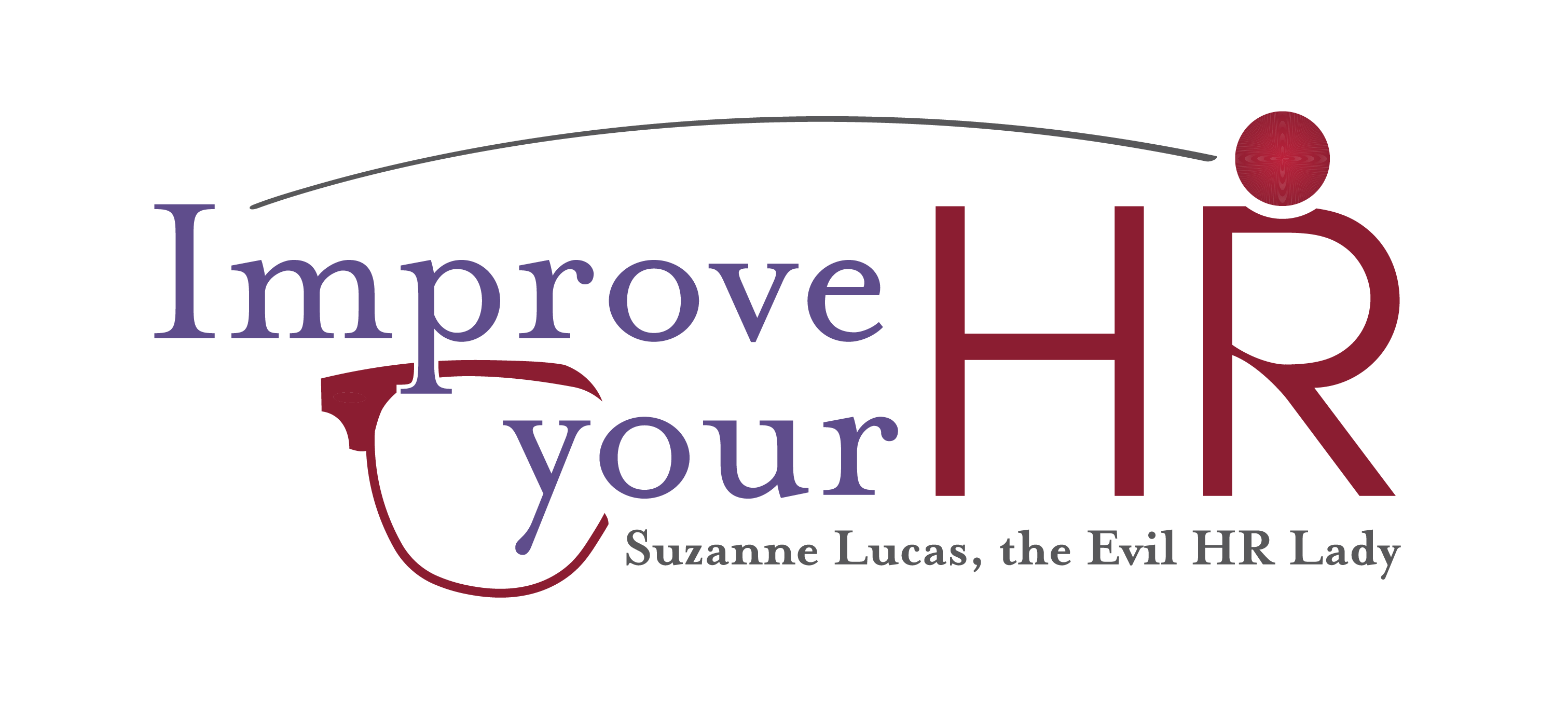Repetitive motion injuries are a real thing. Bad posture is also a real thing. So, it make sense to have “ergonomically correct” office furniture to help keep our bodies functioning as well as possible–and to help prevent pain. But what if all the money we spend making sure everything is ergonomic isn’t really helping?
Sydney University professor Chris Maher, a leading authority on back pain, says that the evidence for ergonomics is slim. According to an interview Maher gave to The Age exercise is the only thing that has been shown to reduce and prevent back pain.
Maybe it’s time to dump the ergonomic chairs and hand out gym memberships.
That isn’t to say some things aren’t better than other.
Leon Straker, the British National Health Service’s first ergonomist, gave a bit of a snarky answer to the question on what the best ergonomic chair is, “I say ‘a wooden church bench’. Because you’ll feel so uncomfortable that you’ll have to get up after a half-hour.”
To keep reading, click here: Ergonomics: Solution or Scam?

“…you’ll feel so uncomfortable that you’ll have to get up after a half-hour.” Frankly COFFEE keeps me on a school-like schedule: 50 minutes of work, then up for 10 minutes for all the necessary fluid adjustments.
I have problems with my wrists, mostly due to a lot of heavy physical work when I was younger (in fact, both arms are a mess all the way up). In order to get a trackball mouse at Exjob, the kind that lets you hold your hand sideways, I had to go through this whole intranet ergonomics assessment, which then got submitted to the company.
I did get my trackball mouse. And surprisingly, adjusting my chair did help with other issues. So I’d say it’s not completely bogus. Sadly, I can’t afford a mouse like that right now, and I sure could use one.
I bought my own trackball years ago, and I’ll bet a triangular foam piece would get it tilted *nearer* vertical if I felt the need for such improvement.
Some ergonomic furniture and devices help and some don’t. However, one of the big problems is that companies provide such items, but don’t always educate employees about how to optimally benefit from them, nor monitor their use to ensure that they are being properly used. An expensive chair — and they can be very expensive — doesn’t justify its cost if it’s not adjusted to the right settings and/or properly positioned with regard to the working surface. Likewise, a special computer mouse, keyboard, monitor, etc., have to be in the correct configuration to deliver their intended benefits.
What grannybunny said. I have severe wrist pain if I use a regular keyboard. An ergonomic keyboard (like the one pictured in the article) does wonders for me.
Another time, I was having severe ankle pain. I could barely walk. A simple foot rest alleviated the ankle pain. A new chair probably would not have helped any.
One has to find the right change to make for it to work.
You are right in stating that special equipment to helps lesson repetitive activities effects on the body but no one commented on what caused the action to become a harmful effect. There’s two faces to an action that may cause physical problems. One is caused by repeatedly overuse of specific joints and second is caused by wrongly positioned use of the joints despite being shown proper position.
If the person who needs special equipment for work because of injury by repetitive use of certain part of body , they will also be needing to use this same equipment outside of work. If I was the employer being requested this needed equipment, I would do a thorough research as to total efficiency effect on the employee ‘s life. Big difference between a disability and laziness.
The bigger danger here is that employers will use this very minor health issue as another excuse to butt into employees’ private lives. If someone feels more comfortable sitting in a way you think is lazy, that’s his business, not yours. The law needs to ban employers from dictating such things where it isn’t necessary to get their jobs done.
A bit late to the party, but not all ‘ergonomic’ equipment is created equal. I was on a project that was so large that my company leased space in another building and bought new equipment for it. The chairs were fantastic! The best features are the adjustable lumbar support (a lever slides up and down the back of the chair so you can move it to just the right spot for your back) and the multi-adjustable arms. I put my name on my chair and have been able to move it with me to three other locations for my company. But the chairs bought for those locations are still, technically speaking, ‘ergonomic’ but they are simply molded shapes that don’t adjust. Horrible horrible things.
Hmm. Why is it that I suspect that these people who are dismissing ergonomics are average sized men? Men for whom furniture and work equipment is sized? Men who don’t struggle with furniture and equipment that doesn’t fit their bodies. For example, men whose feet comfortably reach the floor when they sit in an average sized chair or sofa.